Optimal Timing for Waterproofing Applications
Waterproofing is essential for protecting structures from water intrusion, which can lead to damage, mold growth, and structural deterioration. The timing of waterproofing applications can significantly influence their effectiveness and longevity.
Spring offers moderate temperatures and low precipitation, making it ideal for waterproofing projects. Proper application during this period ensures readiness before heavy rains.
Summer provides warm weather conducive to curing and drying, but high humidity and rain can pose challenges. Scheduling during dry spells enhances results.
Fall's cooler temperatures help in curing waterproofing materials. Early fall is optimal before winter conditions set in.
Winter is generally unsuitable due to freezing temperatures and snow, which can compromise waterproofing materials and application processes.
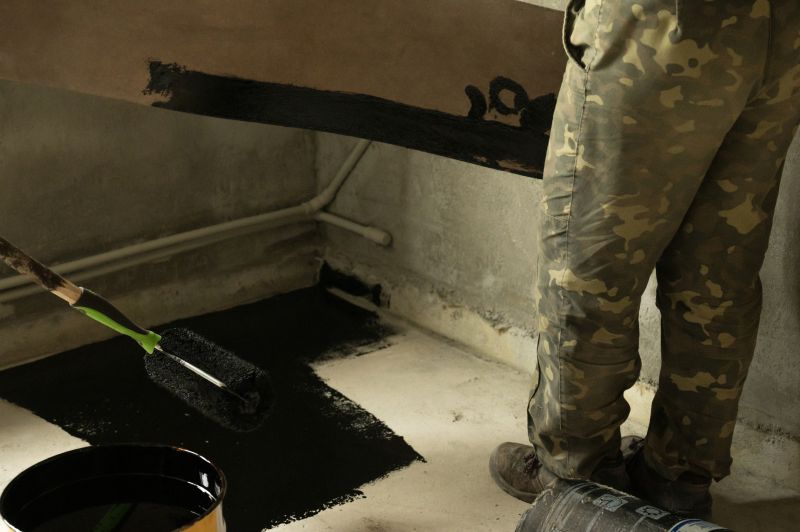
Ways to make Waterproofings work in tight or awkward layouts.

Popular materials for Waterproofings and why they hold up over time.
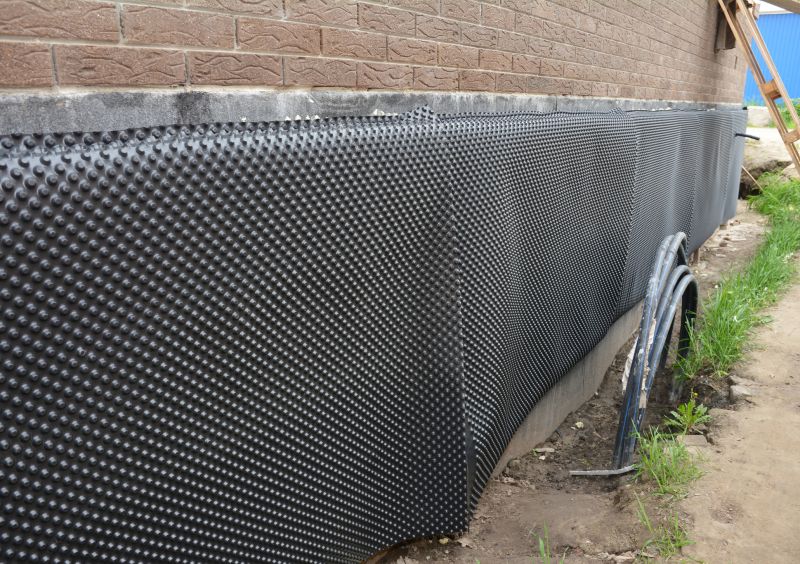
Simple add-ons that improve Waterproofings without blowing the budget.
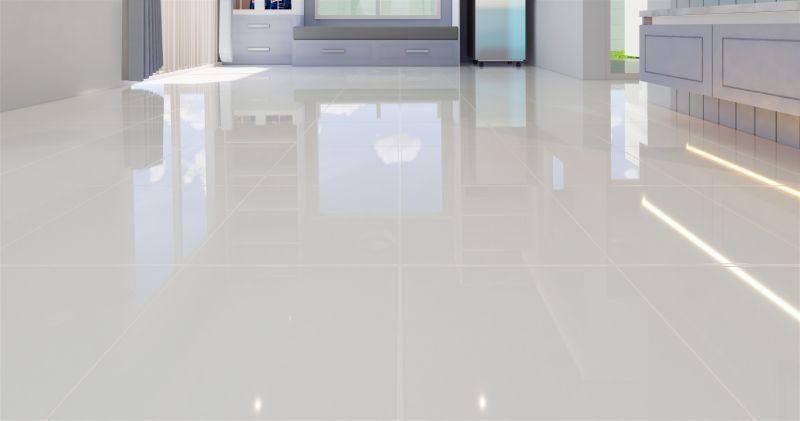
High-end options that actually feel worth it for Waterproofings.
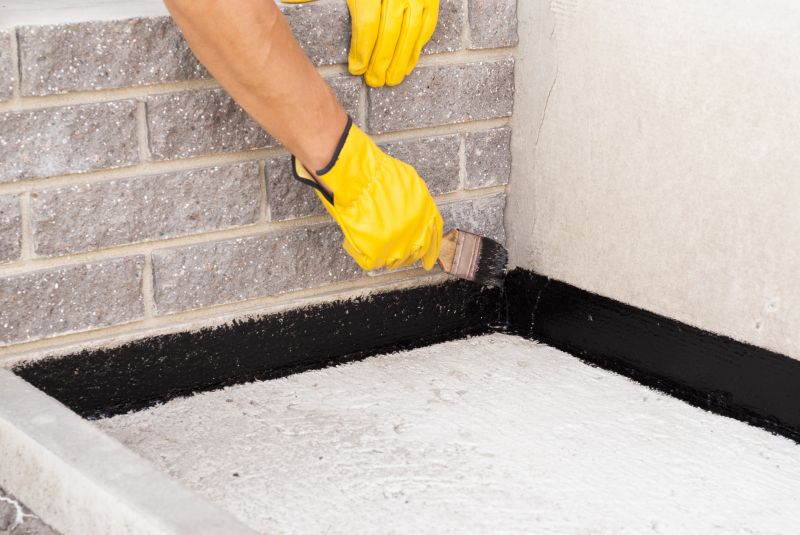
Finishes and colors that play nicely with Waterproofings.
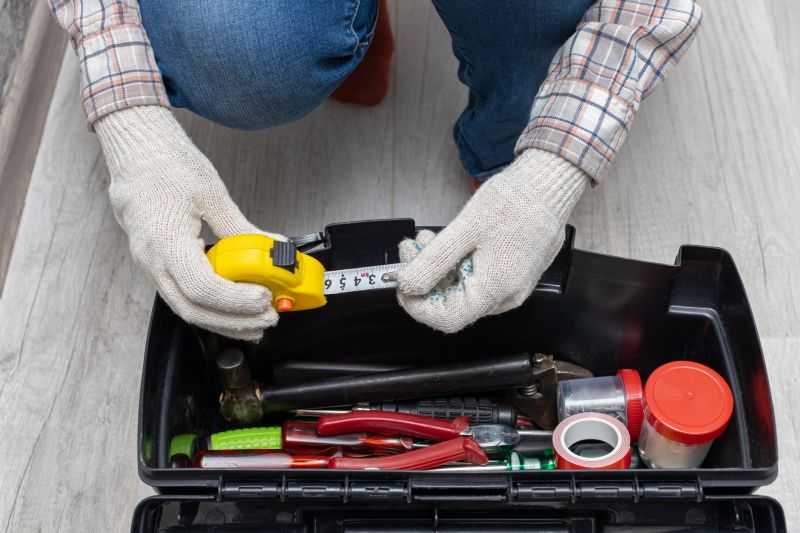
Little measurements that prevent headaches on Waterproofings day.
| Season | Ideal Conditions |
|---|---|
| Spring | Moderate temperatures, low precipitation |
| Summer | Warm and dry weather, avoid high humidity |
| Fall | Cooler temperatures, before winter |
| Winter | Freezing temperatures, not recommended |
| Pre-Construction | Dry weather, before building begins |
Waterproofings are critical for safeguarding foundations, roofs, basements, and other structural elements from water damage. Proper timing ensures optimal adhesion, curing, and durability of waterproofing materials. The effectiveness of waterproofing systems depends heavily on environmental conditions during application. For instance, applying waterproofing in dry, moderate weather reduces the risk of defects and improves longevity. Statistics indicate that improper timing can reduce waterproofing lifespan by up to 50%, leading to increased maintenance costs and structural issues.
Advances in waterproofing technology have introduced materials that can be applied in a variety of conditions, but seasonal considerations remain important. Proper planning and scheduling around weather patterns can extend the lifespan of waterproofing systems and prevent costly repairs. It is recommended to consult with waterproofing specialists to determine the best window for application based on local climate conditions.

A 60-second routine that keeps Waterproofings looking new.
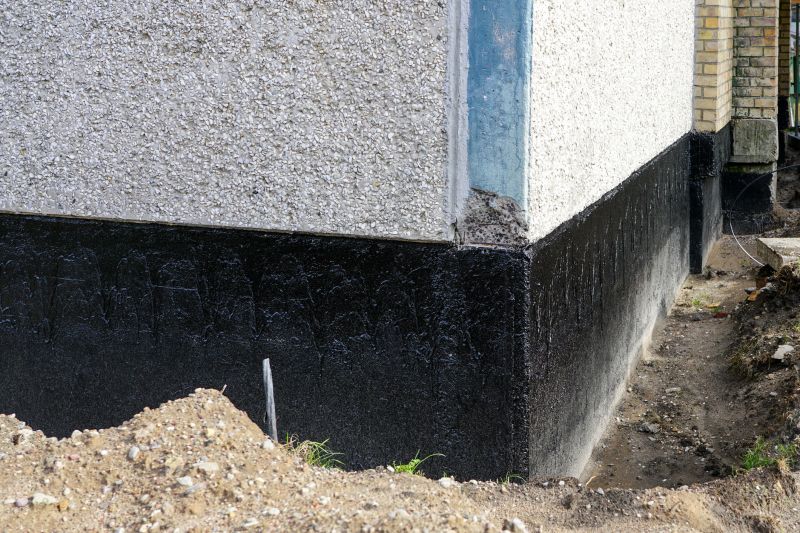
A frequent mistake in Waterproofings and how to dodge it.

Small tweaks to make Waterproofings safer and easier to use.
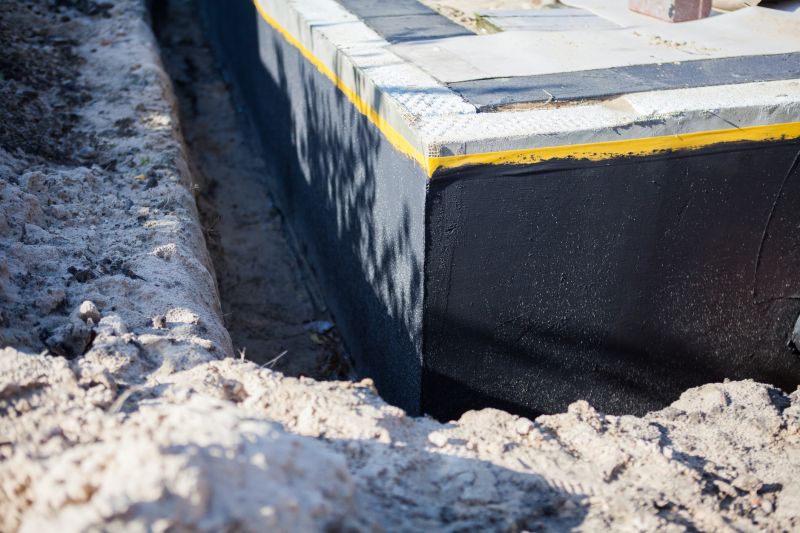
Lower-waste or water-saving choices for Waterproofings.

The short, realistic tool list for quality Waterproofings.
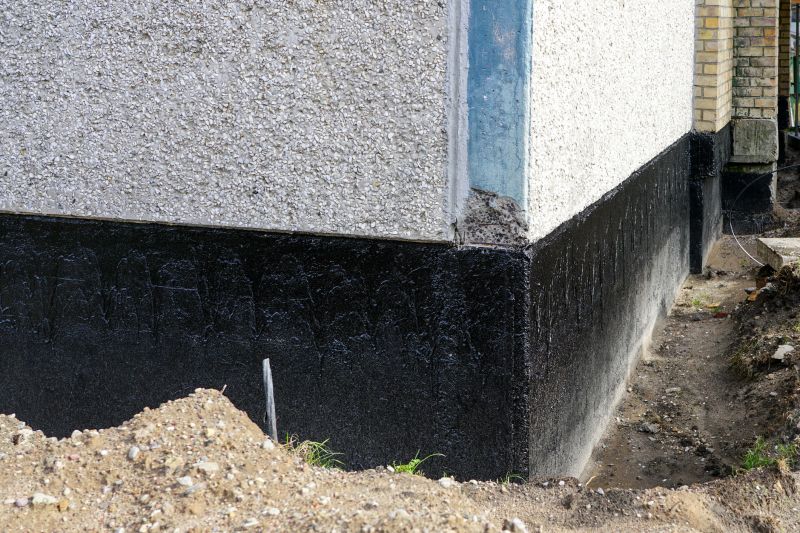
Rough timing from prep to clean-up for Waterproofings.
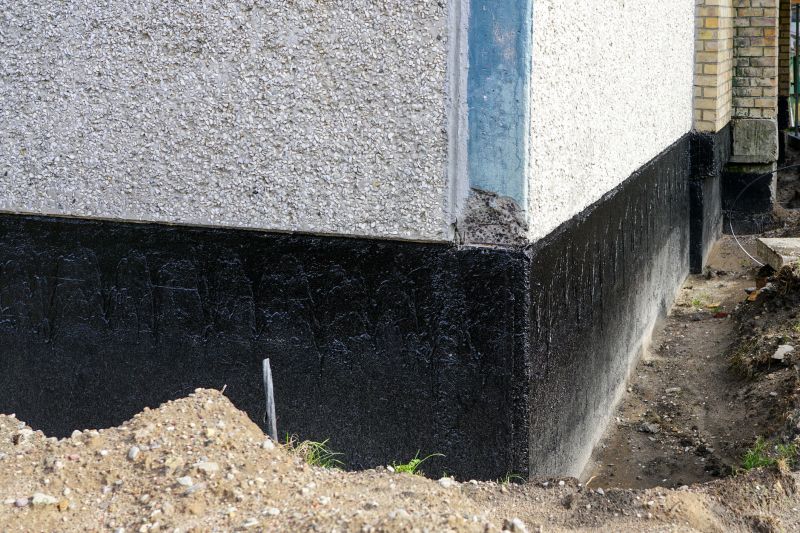
Quick checks and paperwork to keep after Waterproofings.
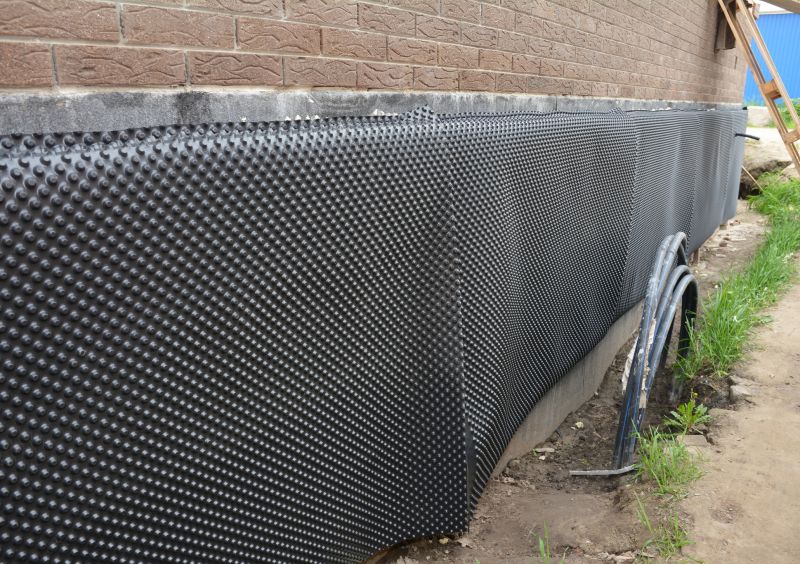
Examples that show the impact a good Waterproofings can make.
Individuals interested in waterproofing services are encouraged to contact for more information. Proper timing and application techniques are essential for long-lasting protection against water intrusion, helping to preserve structural integrity and value.

